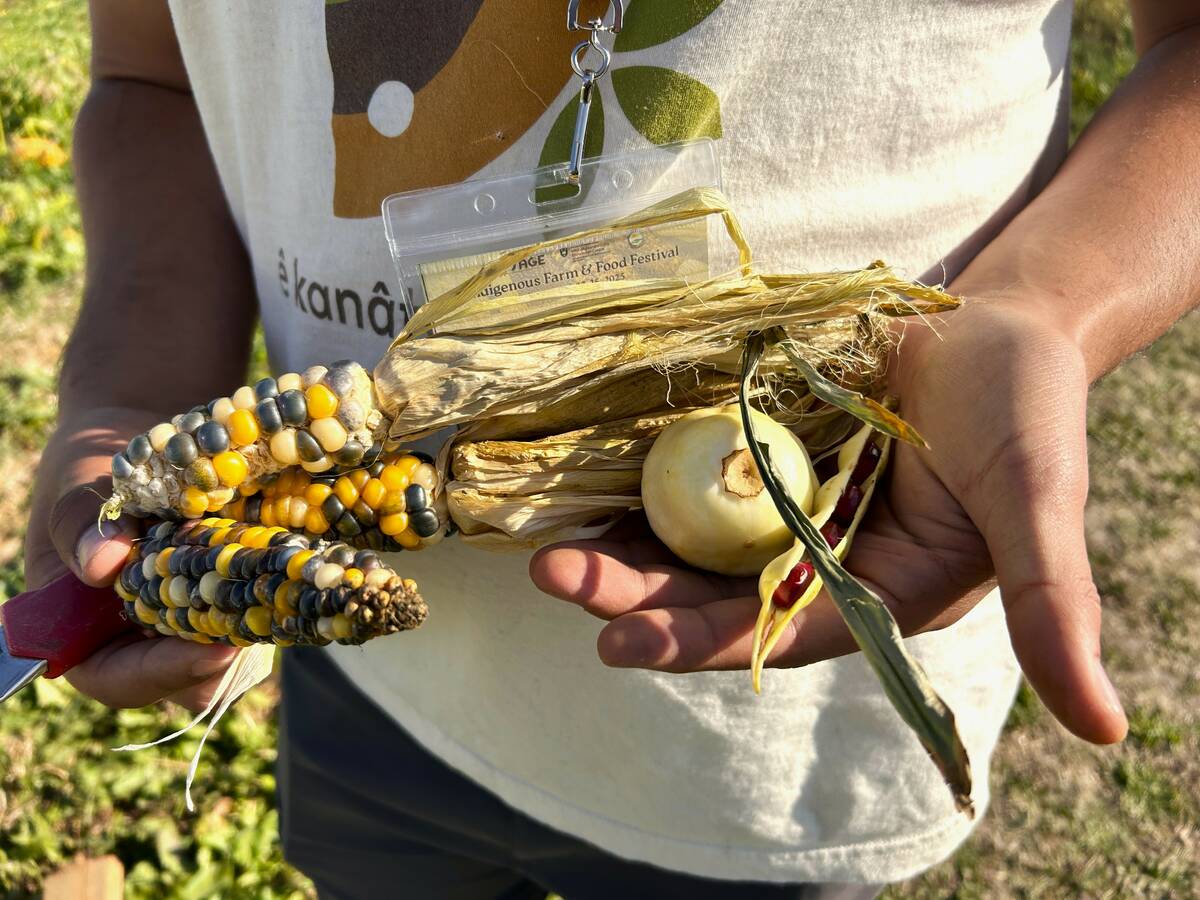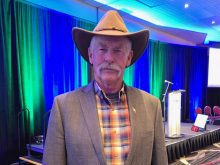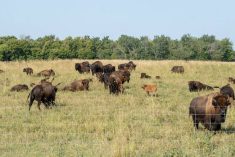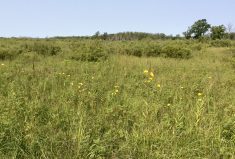The Assiniboine River Basin Initiative (ARBI) has produced a draft plan that lays out what partner organizations hope to achieve for better basin-wide management — and how to go about it.
ARBI presented the draft document at its third annual general meeting here last month, asking member organizations for feedback.
Called the Framework for Watershed Stewardship it sets a way for their organization to track progress going forward, said ARBI board chair Allan Preston.
Work began on the document three years ago, when first meetings were held to discuss forming the multi-jurisdictional and transboundary organization that officially became ARBI in 2014.
Read Also

Regenerative practices meet Indigenous knowledge on the Prairies
What do traditional Indigenous agricultural practices and regenerative agriculture have in common? Quite a lot it turns out.
The document lays out its mission and vision, as well as key issues, goals and expected outcomes for more integrated water management as identified by grassroots groups, local, provincial and state agencies, NGOs, businesses and farmers that have sat down together under the umbrella organization to discuss ways to reduce the impact of extreme weather events.
The framework will be what their partner organizations can refer to and see where their own activities and achievements are fitting into the bigger picture over time, Preston said.
One project ARBI has already engaged is the Aquanty Project, working in a partnership with the Manitoba Forage and Grasslands Association. That project is developing a hydro-geospheric model for the entire basin to see how perennial forages, grasslands and wetlands can influence the regions’ hydrological characteristics.
ARBI has also recently been approached to suggest research projects for the Global Institute for Water Security, launched earlier this year at the University of Saskatchewan.
ARBI continues its outreach to stakeholder groups across the basin and will be using this document as it continues to communicate its goals, strategies and vision.
The organization’s three main priorities for 2017 will include completing this framework document, preparation of a white paper on the state of the basin, and ongoing support for the Aquanty Project, Preston said.
















